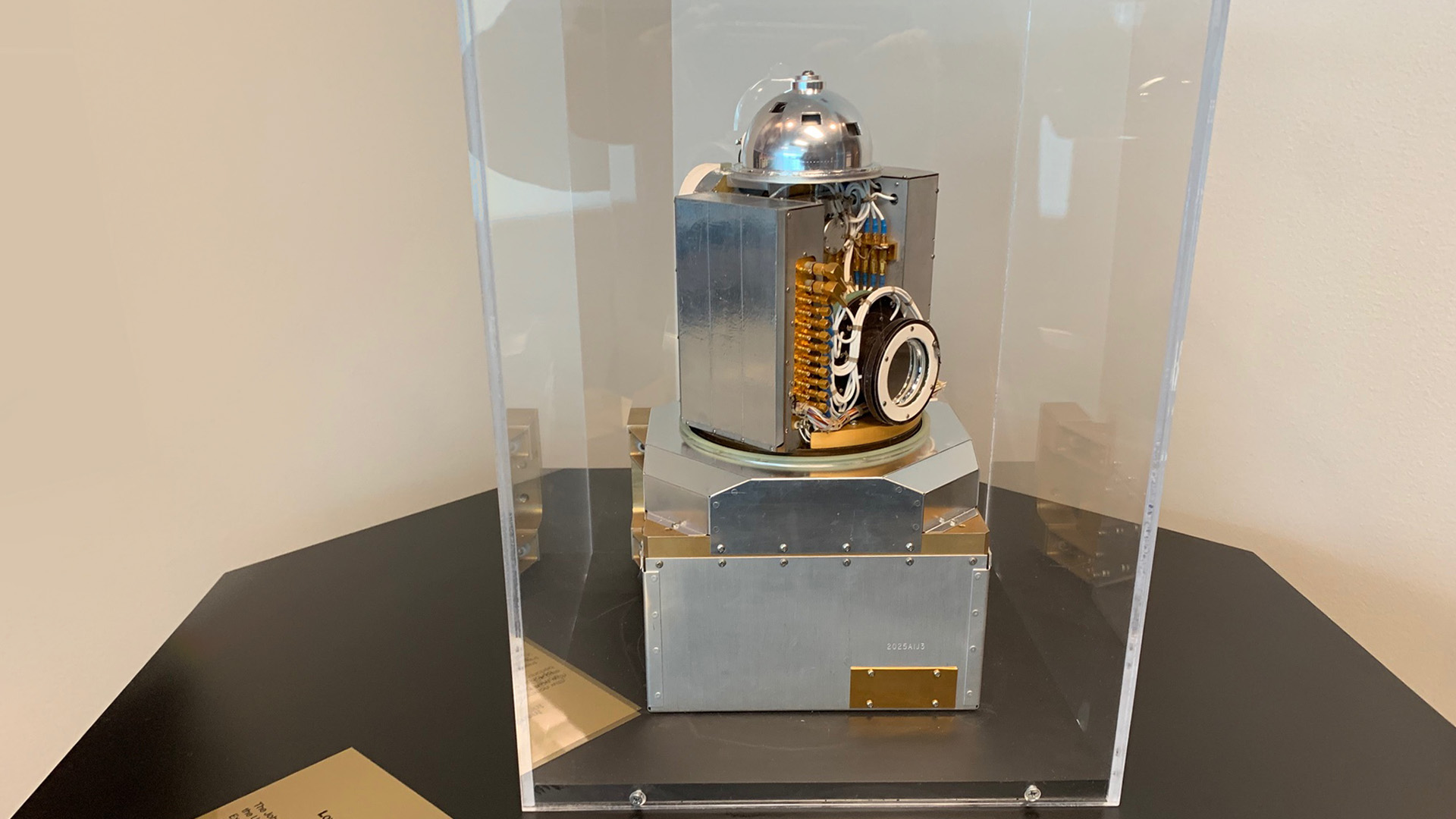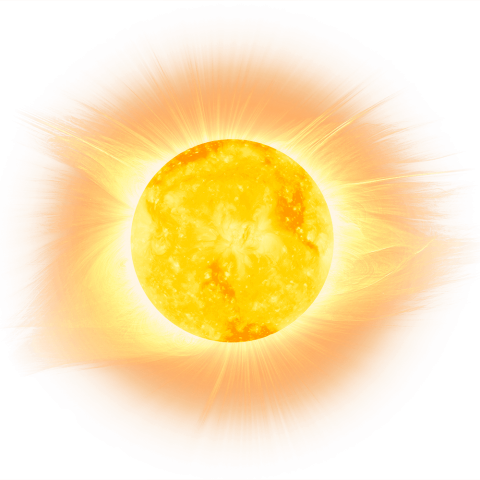About the Instrument
Instrument Type
Particle
Launched in 1977, the Voyager 1 and 2 spacecraft performed the first (and, so far, only) tour of the outer planets and their moons, together visiting the giants Jupiter, Saturn, Uranus and Neptune. Today, both Voyagers are venturing in unexplored regions far beyond these worlds: They’re outside the heliosphere, the region dominated by the solar wind, in interstellar space.

APL’s Low Energy Charged Particle (LECP) instruments aboard each Voyager spacecraft were built to detect the various electrons and ions originating from the planets, the Sun’s solar wind and the galaxy. The LECP on Voyager 1 sensed the termination shock — the region where the Sun’s solar wind of charged particles slows to subsonic speeds because of interactions with the local interstellar medium — in December 2004, and the LECP on Voyager 2 sensed it in August 2007. LECP was one of two instruments that also detected the dramatic switch from energetic charged particles from the solar system to galactic cosmic ray particles from the Milky Way when Voyagers 1 and 2 left the Sun’s protective heliosphere through a boundary called the heliopause.
Mission
Voyager
Since starting their journey in 1977, the Voyager 1 and Voyager 2 spacecraft have made history again and again, bringing us the first close-up images of the giant planets Jupiter, Saturn, Uranus, Neptune and several of their moons, as well as becoming the first spacecraft to ever enter interstellar space. Their current mission, the Voyager Interstellar Mission, will explore the outermost edge of the Sun's domain and beyond.



